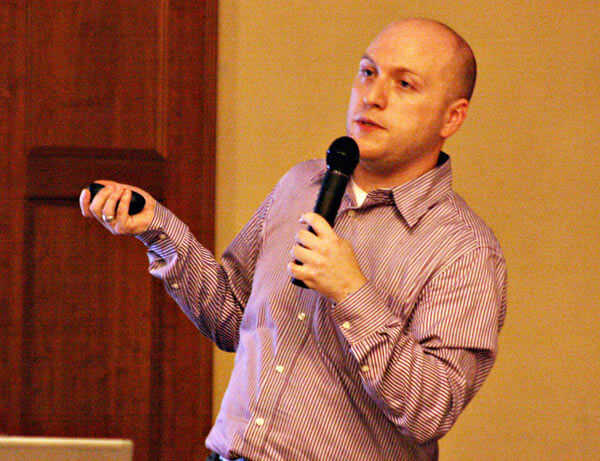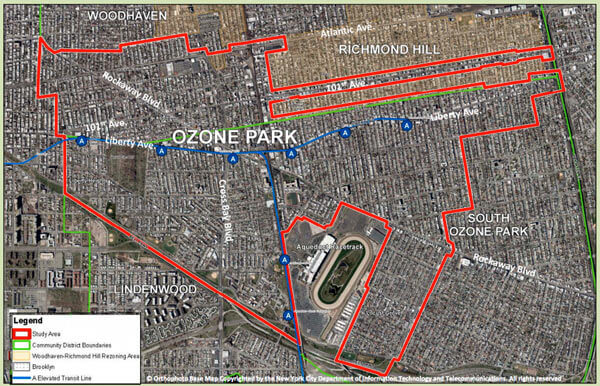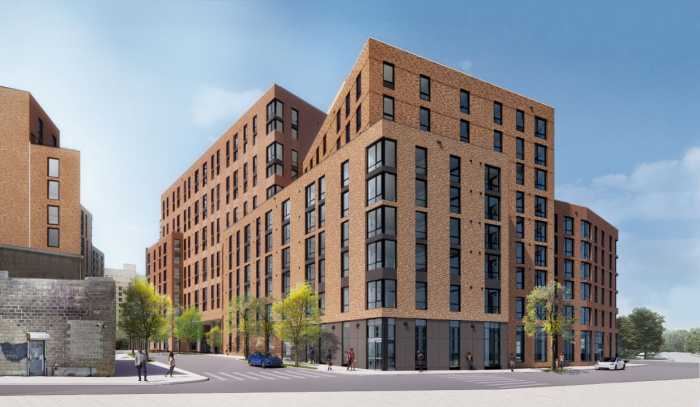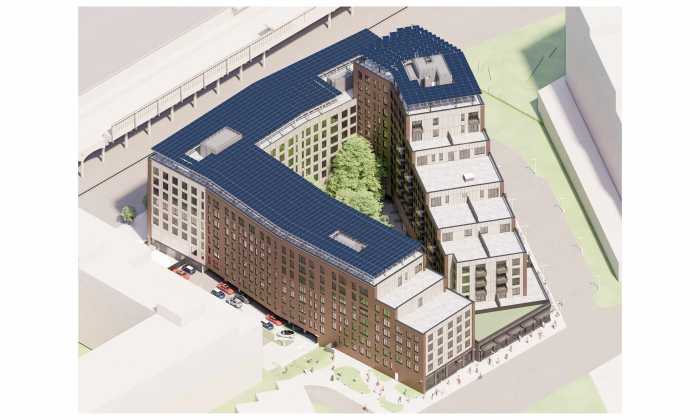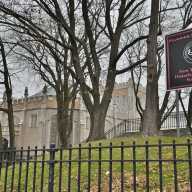By Bianca Fortis
To help curb the surge in development affecting Ozone Park, the city is attempting to rezone the neighborhood so rules better reflect the neighborhood’s residential character.
Those plans took two steps forward recently when both Community Boards 9 and 10 voted to approve the proposed maps.
According to the Department of City Planning, the rezoning effort was undertaken in response to concerns that the current zoning regulations do not reflect established building patterns or guide new development to appropriate locations.
The goal of the proposed rezoning is to reinforce the residential character of the neighborhood’s 530 blocks, direct some residential and mixed-use development to areas where there is mass transit and prevent commercial businesses from encroaching into residential areas.
Currently, Ozone Park is divided into seven zoned districts, which were implemented in 1961.
According to City Planning, recent building trends have led to detached one- and two-family houses being demolished and replaced with multi-family buildings.
On Tuesday, City Councilman Eric Ulrich (R-Ozone Park) encouraged the CB 9 to vote in favor of the changes, which he said were long overdue.
The board did approve them later that evening, and CB 10 had already voted in favor of the plan last week.
Ulrich said city planners studied the neighborhood block by block and corridor by corridor to ensure the new maps accurately reflect the residential character of the community and allow for growth and development along the commercial strips of Rockaway Boulevard and 101st and Liberty avenues.
“I can tell you as someone born and raised in Ozone Park — my office is still there — it is positive and will have a positive impact on Ozone Park for the next 50 years until we get around to doing this again,” Ulrich said.
One concern CB 9 board members raised was whether the zoning changes will allow for more parking spaces.
City Planner Tom Smith said the changes will not necessarily lend to an increase in commercial parking because the theory behind the plans is that more people will walk to the business districts.
The changes could, however, encourage builders to create more residential parking, he said.
“The market would probably drive the developers of those additional residential units to provide parking behind them,” he said. “So it doesn’t speak directly to the commercial parking situation, but it does provide a little bit of incentive.”
Next, Borough President Helen Marshall and the Queens Borough Board have 30 days to review the proposal. If approved, the plans are sent to the City Planning Commission for 60 days and ultimately the Council for 50 days. If the Council votes to approve the plans, they would become legislation and would take effect immediately.
For more information about the zoning changes, visit nyc.gov/html/dcp/html/ozone_park/index.shtml.
Reach reporter Bianca Fortis by email at bfortis@cnglocal.com or by phone at 718-260-4546.

